What are the Risks of Deep Diving?
The risks of deep diving are not well taught in many recreational deep diving courses. Without a full understanding of the risks, it becomes easy for divers to become complacent. That can lead to accidents that would otherwise be easily avoidable.
Are deep diving risks well-educated?
Venturing deeper than 30m/100′ profoundly increases the deep diving risks that a scuba diver will be vulnerable to. Unfortunately, detailed education on those risks is often neglected when training agencies and instructors rush to maximize their profitability by making courses quicker, cheaper, less demanding, and more convenient for divers.
It is unfortunate that many scuba divers view training courses primarily as a means to obtain the “necessary license” needed to access a level of diving they want to enjoy. Increasing the depth limit of diving is probably the main culprit in promoting that motivation.
Do remember that the intended purpose of deep-dive training is to enable divers with the knowledge and proficiency to mitigate increasing risks. A plastic certification card may entitle you to go deeper, but it cannot help you get back to the surface again safely when something goes wrong. Only your own knowledge and diving competency can do that.
What are the deep diving risks?
Nitrogen narcosis
Every scuba diver is taught that nitrogen narcosis becomes a factor at deep diving depths. It is often described using the analogy of alcohol intoxication; the “Martini Rule“. Sadly, that education is woefully out of date and, at best, only serves to suggest to divers that narcosis isn’t a problem they need to be overly concerned with.
The reality is that nitrogen narcosis is a sedative. It diminishes consciousness and cognitive ability. It rarely causes observable symptoms akin to intoxication. One of the first mental abilities to degrade when suffering from narcosis is the capacity to effectively self-diagnose your own cognitive performance. When you get marked, you lose the ability to realize you are impaired.
Nitrogen narcosis is also relatively slow in onset and persists when you ascend: a fact which I predict will contradict the advice on dealing with narcosis that you were taught in your diving courses.
At recreational deep diver depths, you must assume that narcosis is occurring, even if you don’t perceive it. It significantly diminishes your situational awareness, reasoning ability, skill performance, and ability to react appropriately in emergencies.
Gas density
The issue of gas density is willfully ignored by some mainstream scuba training agencies. Even though organizations like DAN have strong recommendations about the dangers it poses and how it should be limited. Their recommendations, supported by a scientific study run in conjunction with the US Navy, effectively limit diving on air to 31m (recommended) and 39m (absolute maximum).
As you know from basic scuba training, gas density increases as you dive deeper. There is a point where the gas density starts to decrease your respiratory efficiency. In short, the physics involved means your body rapidly diminishes the ability to expire CO2. Rapid hypercapnia and CO2 narcosis soon follow. This is dangerous in itself. However, when combined with the elevated exertion necessary in a diving emergency it can lead to tragic outcomes.
CO2 narcosis
CO2 narcosis is the most frequently encountered type of narcosis on recreational deep dives. It is surprising that so little education is given about it in recreational diving courses.
CO2 is 25 times more narcotic than nitrogen. It is created inside your body and brain as part of the respiratory cycle. The physiological effect is, like nitrogen, a product of the gas partial pressure in your tissues. As such, it increases in severity with depth and gas density.
Commonly nicknamed “dark narc“, CO2 narcosis typically presents with symptoms of increasing and inexplicable anxiety. That is often combined with the sensation of being unable to catch your breath. You may feel like your head is spinning. The anxiety grows quickly and, if unaddressed, can easily progress into an irrational panic.
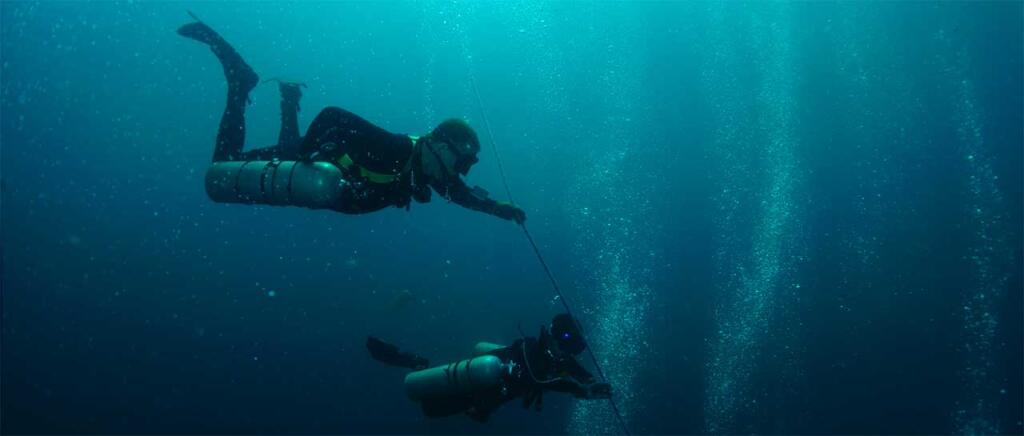
CO2 narcosis often affects divers immediately after, or during, descent. This happens when they have accumulated CO2 in their bodies from exertion at the surface and/or when descending. The partial pressure of the CO2 spikes as depth increases. At deeper recreational depths their bodies suddenly become inefficient at removing the gas.
CO2 narcosis plays a significant contributing role to many tragic diving accidents. It should not be underestimated, even if it is under-educated.
Increased gas consumption
Open water divers are taught the physics principles of why gas consumption increases proportionally to depth and gas density. That isn’t a danger for so long as the diver retains situational awareness and follows a pre-planned dive profile.
The actual risk occurs when other factors, as I’ve already described, start to interfere with the diver’s cognitive performance. When mentally impaired by narcosis it becomes easier to lose track of the bottom time or gas supply. This happens so frequently amongst novice-intermediate level divers that it has almost become normalized and accepted as inevitable.
Cognitive impairment at depth was probably a contributing factor in the much-publicized death of diving instructor Christine Gauci. In that incident, gas levels were not checked for the final half of the ill-fated deep dive.
Decompression sickness
In addition to gas consumption, the ticking clock of maximum bottom time is another critical safety factor that a deep diver must remain aware of during their dive. Because nitrogen absorption occurs much quicker at deeper depths, the allowable no-decompression bottom time is much shorter.
An absence of awareness can more easily cause a diver to overstay on the bottom. This may necessitate emergency decompression stops before surfacing. However, this can only be done if the diver has sufficient gas for the stops. Unfortunately, the gas supply is liable to be low after any accidentally extended bottom time at deeper depths.
Also, any emergencies occurring on the dive that lead to more rapid ascents will be far less forgiving. They are far more likely to result in the bends. As mentioned, the anxiety-inducing and mentally diminishing effects of CO2 narcosis greatly increase the risk of rapid or uncontrolled ascents.
Gas depletion
The deeper you dive, the longer it takes you to reach the surface. Ascending faster poses a, very real, risk of decompression sickness. At a safe speed, ascending from the 30-40m (100-130′) depth range will realistically take 3-4 minutes at a safe speed. Most divers could go without a breath for that period of time.
Deep diving essentially means that the emergency ascent techniques taught to open-water divers become ineffective. You should not rely upon controlled emergency ascents (CESA) as a safe or reliable solution for gas emergencies at depth.
I have already described how it becomes far easier to neglect to monitor your gas gauge and accidentally run out of gas when deep diving. There is also the problem of equipment failures; your regulators may malfunction. A regulator failure becomes exponentially more life-threatening the deeper you are.
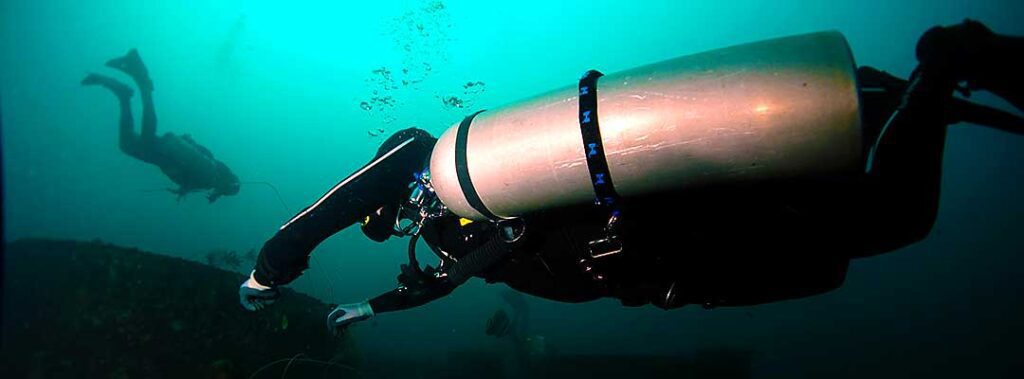
Of course, your buddy is supposed to donate gas if you become gas depleted. But remember what I’ve explained about narcosis, situational awareness and reasoning ability in emergencies. Also, consider that your buddy has been alongside you throughout the dive; their own gas supply is likely to reflect your own. If you have run out of gas, can you be sure your buddies’ supply is sufficiently ample to get both of you safely to the surface?
Carrying a pony cylinder to provide a redundant gas supply is a very prudent decision for deep divers. You will need to calculate that it has an adequate volume to ascend and surface from the depths you will be diving. That calculation should be based on an optimal ascent rate and completing a generous safety stop before surfacing.
Cumulative not isolated deep diving risk factors
The important thing to understand about the risks you face as a deep diver is that they are cumulative. Each risk factor has a causal influence on the others.
If you consider the risks as entirely isolated it becomes possible to discount them. It’s easy to monitor your gas and remaining bottom time at shallower depths. When you progress to deep diving that easy skill becomes unreliable.
You may not consider yourself prone to panic or have encountered CO2 narcosis effects on previous dives, but at deeper depths, it is far more easily triggered and more consequential in the subsequent mistakes it can cause you to make.
About The Author

Andy Davis is a RAID, PADI TecRec, ANDI, BSAC, and SSI-qualified independent technical diving instructor who specializes in teaching sidemount, trimix, and advanced wreck diving courses.
Currently residing in Subic Bay, Philippines; he has amassed more than 10,000 open-circuit and CCR dives over three decades of challenging diving across the globe.
Andy has published numerous diving magazine articles and designed advanced certification courses for several dive training agencies, He regularly tests and reviews new dive gear for scuba equipment manufacturers. Andy is currently writing a series of advanced diving books and creating a range of tech diving clothing and accessories.
Prior to becoming a professional technical diving educator in 2006, Andy was a commissioned officer in the Royal Air Force and has served in Iraq, Afghanistan, Belize, and Cyprus.
In 2023, Andy was named in the “Who’s Who of Sidemount” list by GUE InDepth Magazine.
Purchase my exclusive diving ebooks!
Originally posted 2013-12-22 14:51:04.







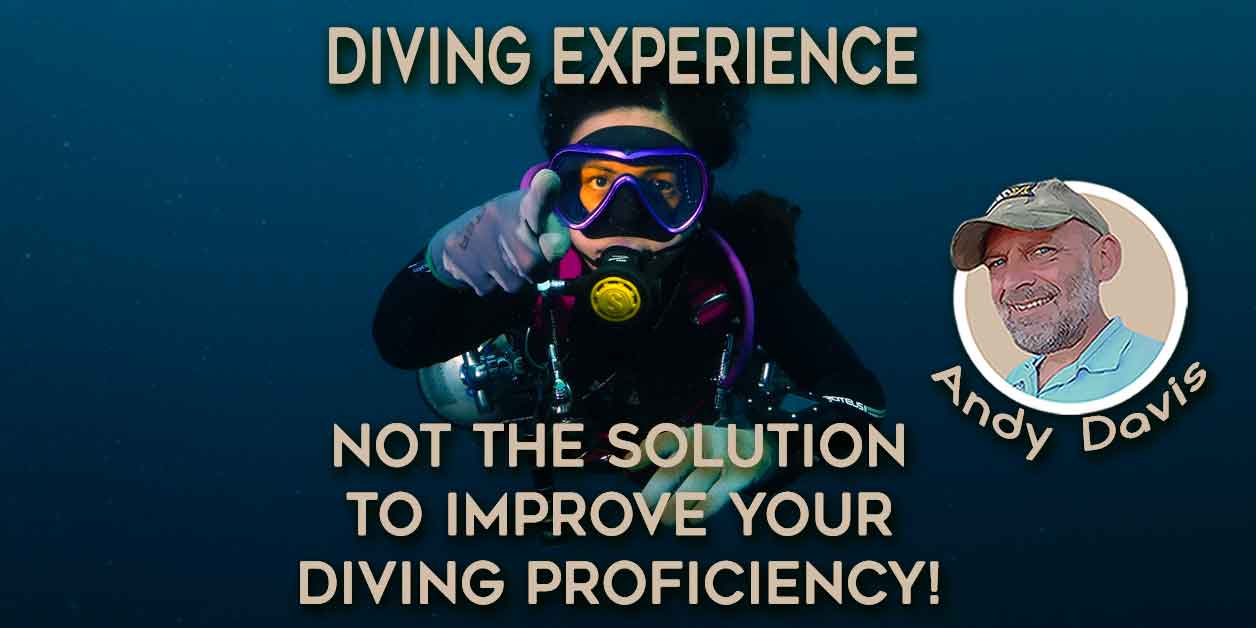
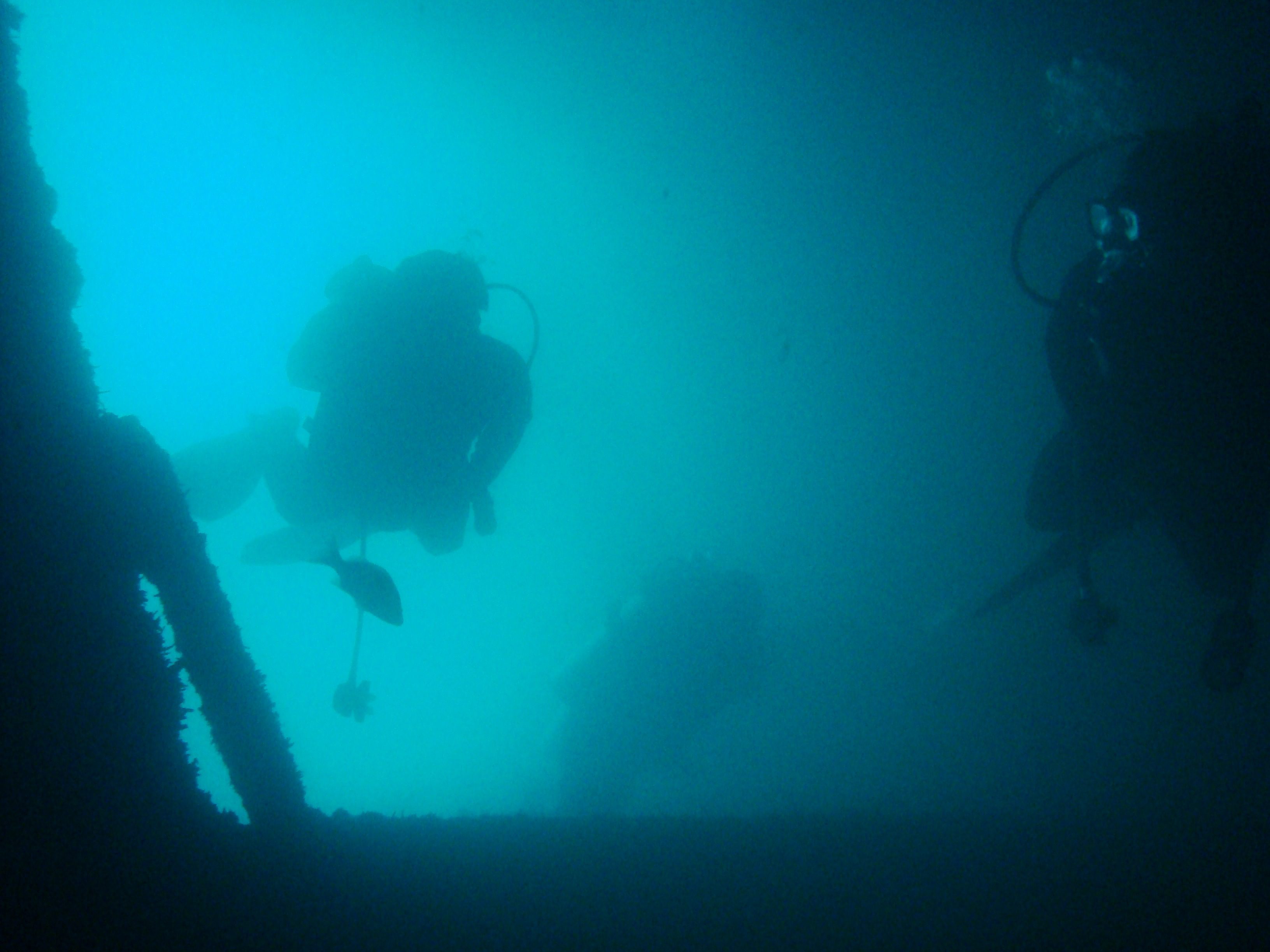

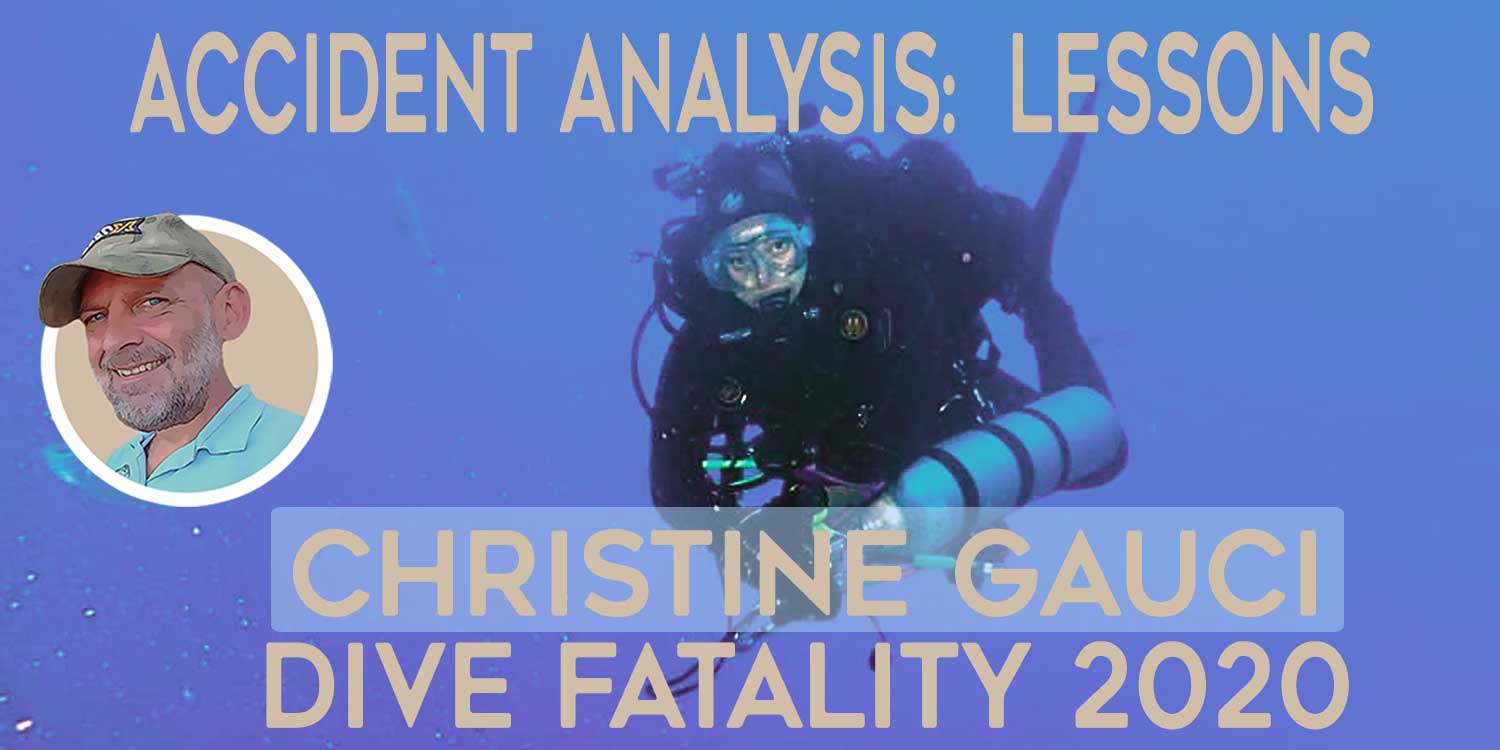

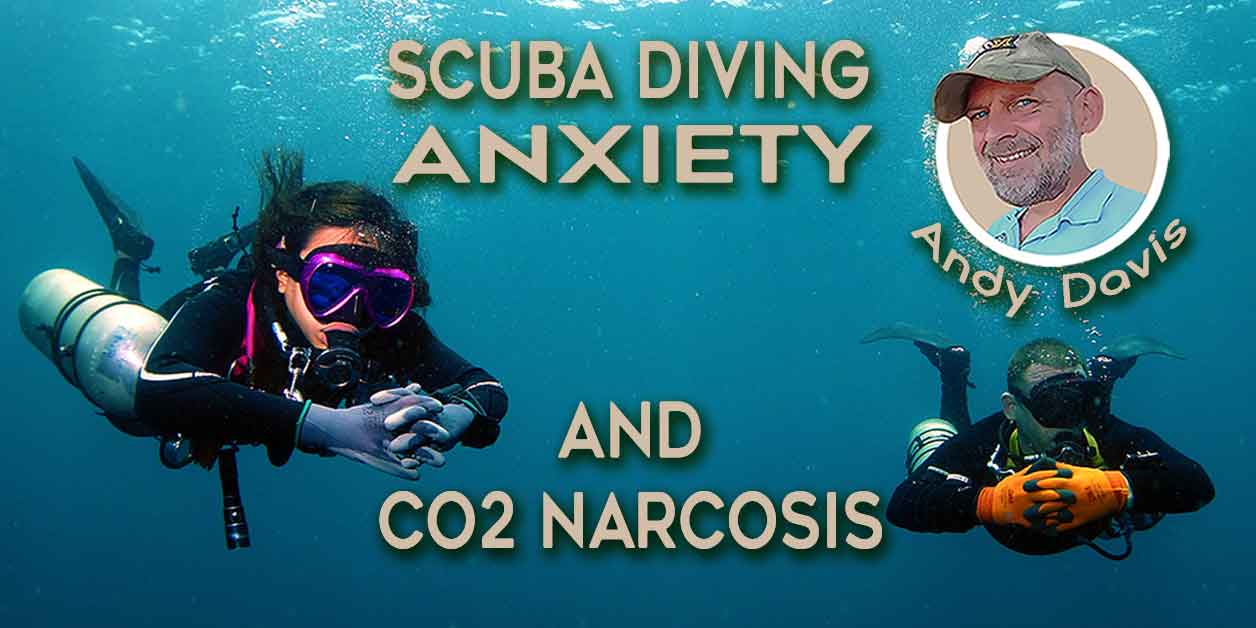
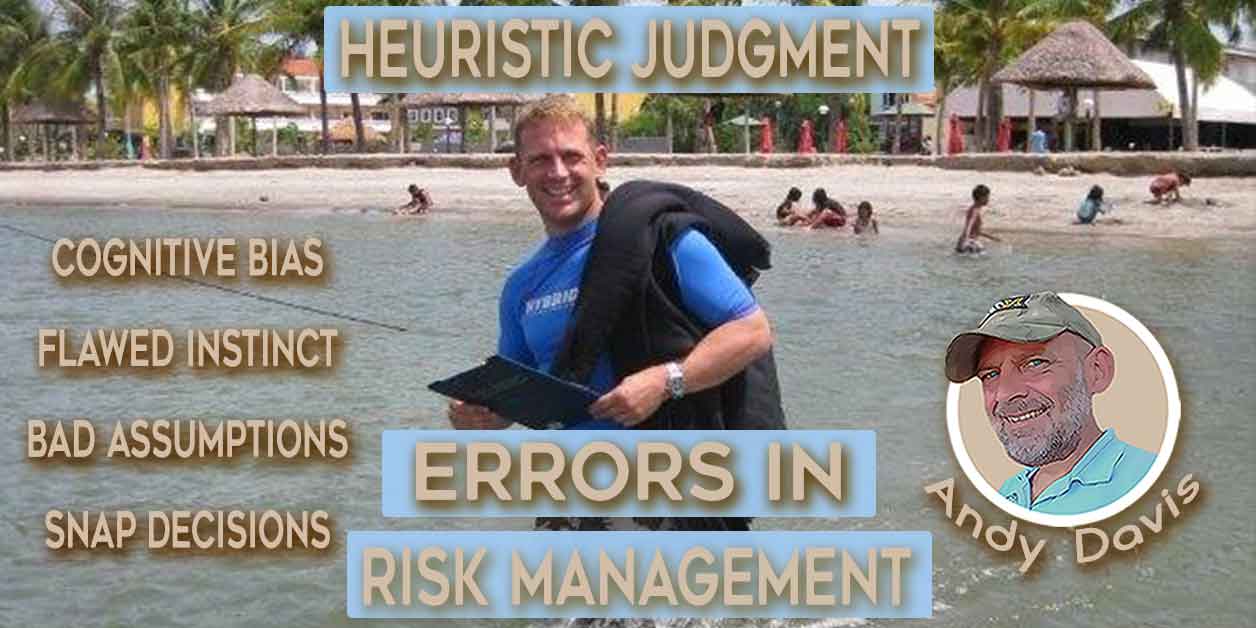

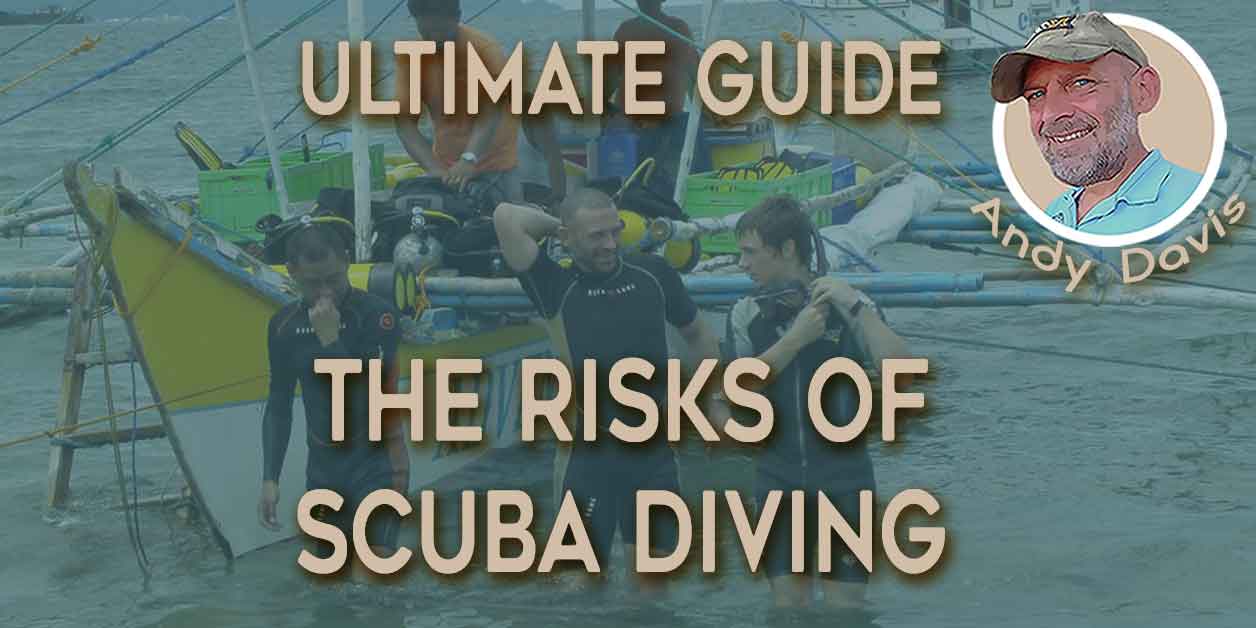
Thanks for the clarification. I’d read about GABA and O2 toxicity, but I didn’t realize it could potentially play a role in narcosis. I occasionally supplement GABA and always wondered if/how that could impact physiology when diving. Also whether the relationship between GABA levels and sleep was a potential explanation of why narcosis hits harder when fatigued/unrested. The effect of CO2 is observably different to that of nitrogen, so I wouldn’t be surprised if it were a different neurological effect. It is, nonetheless, cognitively debilitating and a far more frequent presentation for scuba divers than nitrogen narcosis.
Congrats Andy very good article and well said.
There is a huge lack of education in general .
Thai articles make the difference .
On the narcosis topic Gab a receptors is the most recent theory that I train divers with along with Meyer Overton .
Not sure about the CO2 narcosis , it is a vasodilator and due to this it will allow great input of N2 and 02 so increase suceptibility to both gases .
As far as we know CO2 is as you describe 25 times more soluble but does not have a neuro receptor to bind with like N2 producing a dopamonergic reaction which is the cause of what you very well describe in results e of cognitive impulse .
Thanks so much for your work and time spender to educate !
Sincerely , Dani Millikovsky